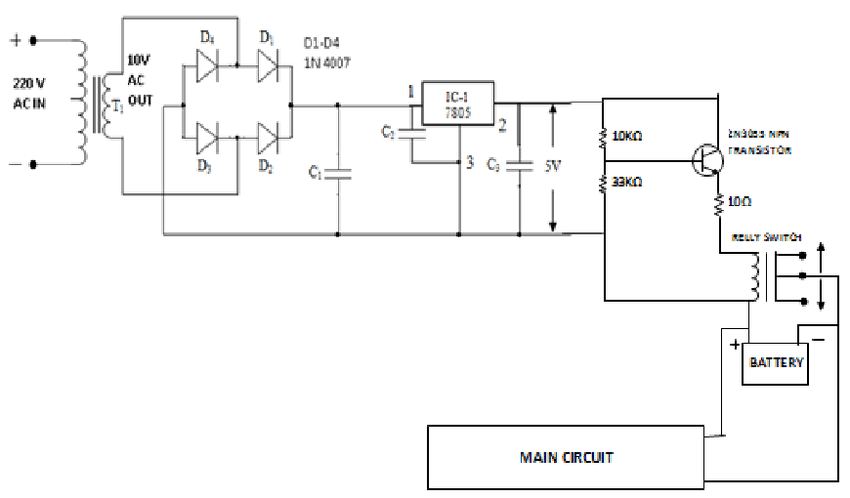Low Voltage Smart Home Device Power: Troubleshooting and Fixes for Electronics Hobbyists

As smart home devices become more popular, ensuring they function properly is key—especially when dealing with low voltage power issues. For electronics hobbyists, engineers, and prototypers, low voltage can cause devices to malfunction or even fail to start. In simple terms, low voltage occurs when the supplied power is lower than what the device requires, often leading to inconsistent performance.
The Problem and Solution :
Low voltage can happen due to improper power supply, bad wiring, or faulty components. To fix it, first, check the power rating of your device and ensure that the power supply matches. Use a step-up transformer or a voltage regulator to bring the voltage up to the required level.
Practical Example :
Let’s say you have a smart light bulb that’s supposed to run on 12V but is only getting 9V. The bulb may flicker or fail to work altogether. To fix this, you could use a DC-DC Boost Converter to step up the voltage from 9V to 12V, ensuring your bulb gets a stable, reliable power source.
Sample Calculation :
Let’s calculate the current needed to step up voltage for our smart light bulb:
- Power (P) = Voltage (V) × Current (I)
- If the bulb requires 12V and 1A, the power required is 12W.
- If you have a 9V input, use the formula: I=PV=12W9V=1.33AI = \frac{P}{V} = \frac{12W}{9V} = 1.33AI=VP=9V12W=1.33A This shows that to deliver 12W at 12V from a 9V source, your current needs to be about 1.33A.
Shop Now :
To fix low voltage issues, consider using DC-DC Boost Converters or MOSFETs. Check out the latest Made in India components on SmartXProKits and MOSFET. Support our work and India’s innovation—buy from our Make in India site!




















